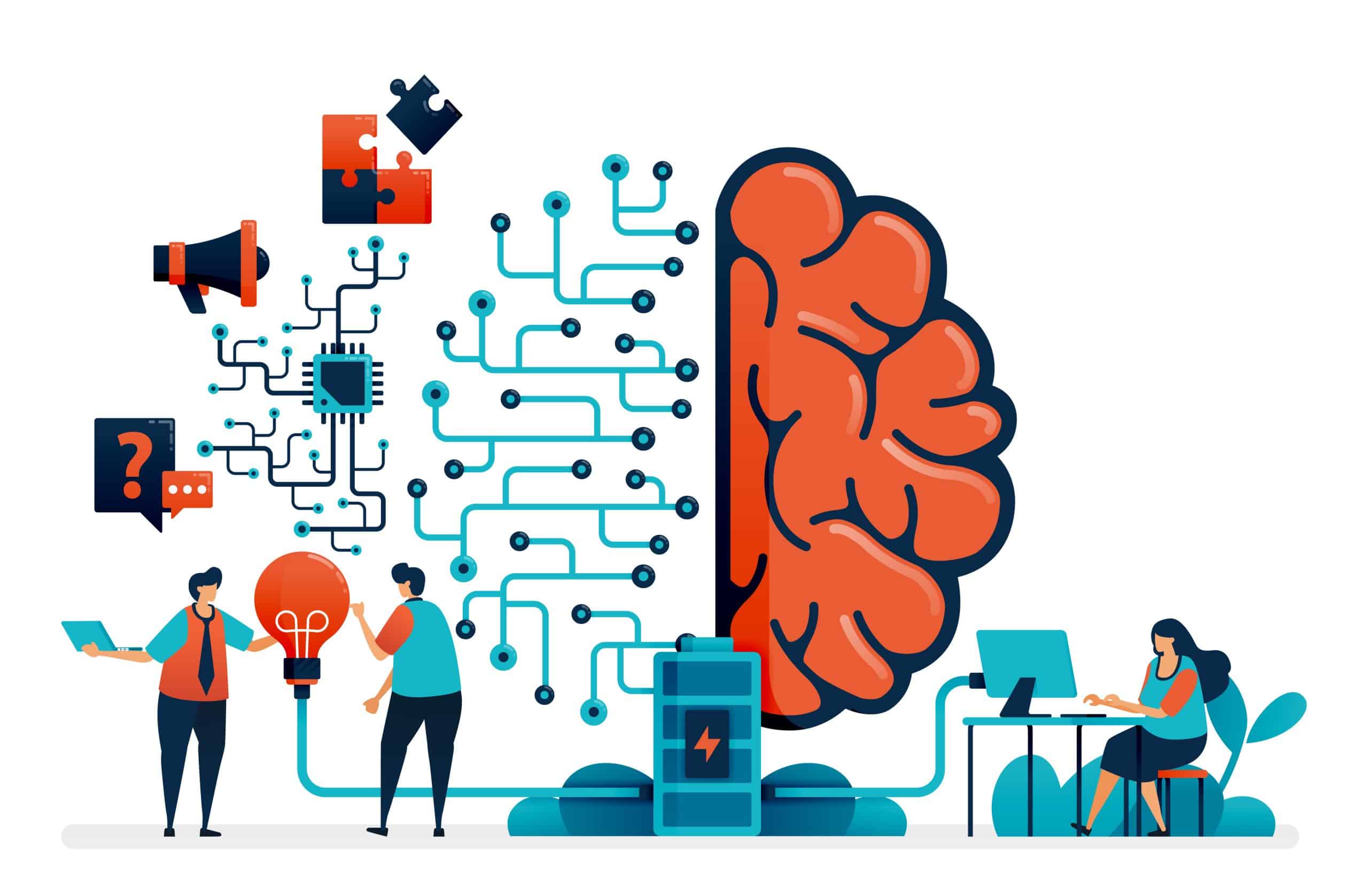- Cookies are being phased out by the end of 2025
- New technologies are being tested to replace cookies
- This change will impact digital advertising, online publishing, and the open Internet
- The transition aims to improve online privacy for consumers
As the digital landscape undergoes a monumental shift, the impending phase-out of third-party cookies by the end of 2025 is raising important questions about the future of digital marketing, online publishing, and the open Internet. In this blog post, we’ll delve into the intricate details of this transition, exploring the new technologies poised to replace cookies, the implications for various industries, and expert insights on navigating this change.
In a bid to enhance online privacy, Google has announced plans to phase out third-party cookies by the end of 2025. While this move is highly anticipated by privacy-conscious consumers, it brings about significant challenges and opportunities for digital marketing, online publishing, and the broader Internet ecosystem.
The Era of Third-Party Cookies: A Brief Overview
For years, third-party cookies have been the backbone of online advertising. These small pieces of data, stored on users’ browsers, have enabled advertisers to track user behavior across different websites, delivering personalized ads and measuring campaign effectiveness. However, growing concerns over privacy and data security have led to increased scrutiny and regulatory pressures.
The Advent of New Technologies
In response to the impending demise of third-party cookies, the industry is exploring innovative alternatives. Key technologies being tested include:
- First-Party Data Utilization: Leveraging data directly collected from users by a website, first-party data is becoming a cornerstone of future-proof digital marketing strategies.
- Privacy Sandbox: Google’s Privacy Sandbox initiative aims to create web standards for websites to access user information without compromising privacy. Technologies like Federated Learning of Cohorts (FLoC) and Topics API are integral to this approach.
- Identity Solutions: Solutions such as Unified ID 2.0 offer a more transparent way to track users by relying on email-based identifiers.
- Contextual Advertising: By focusing on the context of the webpage rather than user behavior, contextual advertising allows advertisers to target ads based on the content being consumed.
Implications for Digital Advertising
The shift away from third-party cookies is set to transform digital advertising fundamentally. Key implications include:
- Increased Reliance on First-Party Data: Brands must prioritize collecting and effectively utilizing their own data.
- Greater Focus on Privacy: Compliance with privacy regulations like GDPR and CCPA will become even more critical.
- Challenges in Measuring Effectiveness: Without cookies, tracking user journeys and attributing conversions accurately will be challenging.
- Rise of Contextual Advertising: Advertisers will need to adapt to targeting users based on content relevance rather than browsing history.
Impact on Online Publishing
Online publishers will also navigate significant changes:
- Revenue Models Under Scrutiny: With traditional advertising models disrupted, publishers may need to explore new revenue streams, such as subscriptions and partnerships.
- Data Management Strategies: Effective management of first-party data will be crucial for sustaining ad revenue.
- User Experience: Enhancing the user experience will become a priority to maintain engagement and loyalty amid increasing privacy concerns.
The Open Internet: A Double-Edged Sword
The end of third-party cookies holds both promises and perils for the open Internet:
- Enhanced Consumer Privacy: Users will benefit from improved privacy and reduced tracking.
- Potential Fragmentation: The shift could lead to a more fragmented web, with walled gardens like Facebook and Google gaining more control over user data.
- Innovation Opportunities: Startups and smaller players may innovate around privacy-centric advertising solutions, potentially leveling the playing field.
Conclusion: Preparing for the Future
As the digital marketing world braces for the end of third-party cookies, staying informed and adaptable is crucial. Brands, advertisers, and publishers must embrace new technologies, prioritize privacy, and innovate to thrive in this new era.







